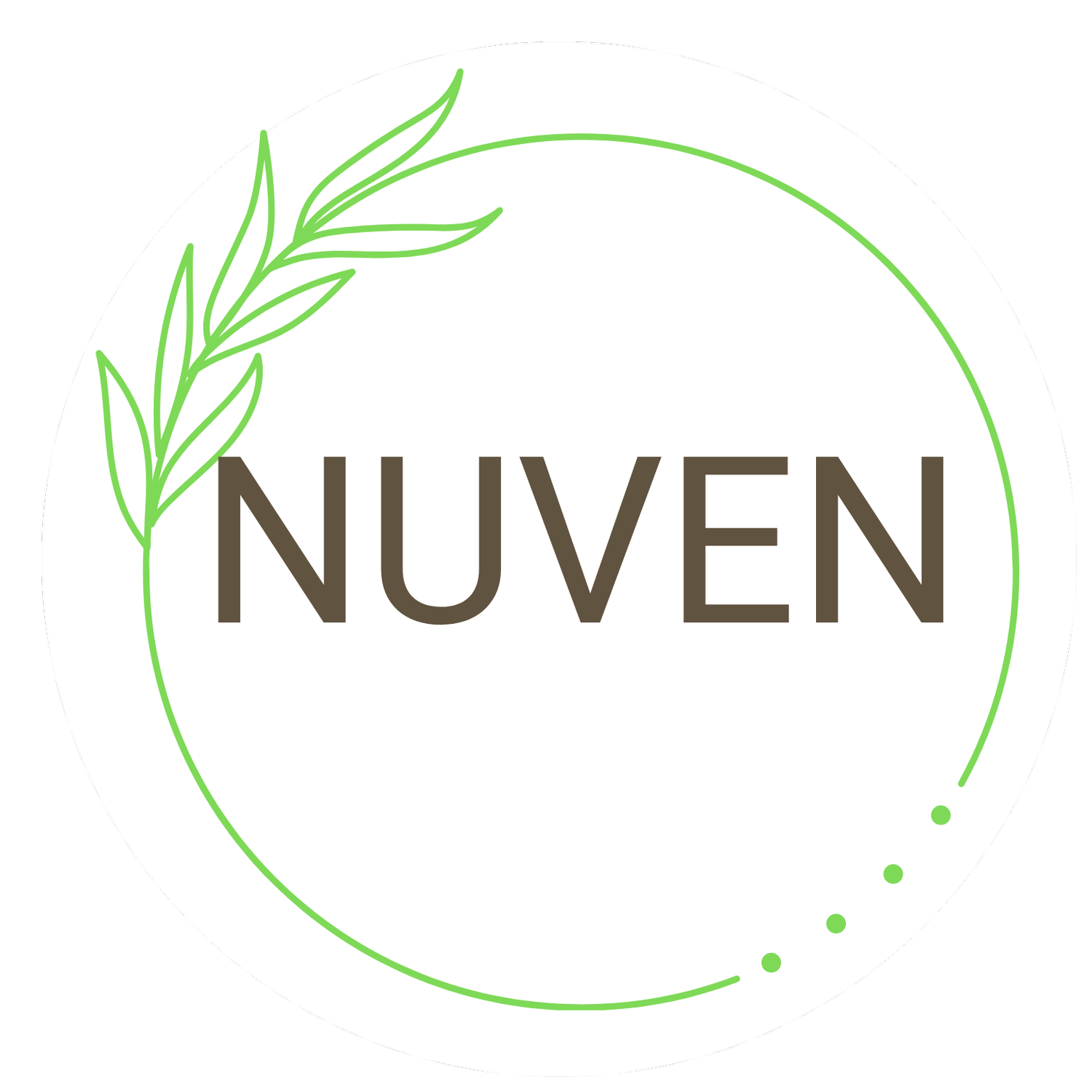The Food Fix: Why choosing the right ingredients matters
In my previous post, I talked about why fixing our food is the most sustainable path to fixing our health. In this post, I want to go one step deeper—to the ingredients themselves.
The Hidden Cost of Calorie Counting
Are you someone who scrutinizes calorie counts but never checks the ingredients list? You’re not alone. But here’s the problem: what’s in your food matters as much as how much. Why? Because nutrition isn’t just about quantity—it’s about quality. And nowhere is that more evident than when we compare ingredient choices side-by-side.
🍝 Let’s Take Pasta, for Example
I compared two Rigatoni pastas from Whole Foods: Banza’s Chickpea Pasta and Frankie’s 457 Ancient Grains Rigatoni.
On the surface, Banza looks like the obvious winner—more protein, more fiber, more micronutrients. But when you normalize serving sizes, a different picture emerges:
So yes—Banza wins on protein. But here's what it doesn’t tell you:
It’s not organic = higher likelihood of having synthetic pesticide residue in food. Side Note: There was a lot of hue and cry about Banza having inordinate amounts of glyphosate residue in Banza pasta but I would not worry about this. The conclusion from this study is misleading for many reasons. But this is a topic of conversation for another day.
It contains pea starch, tapioca, and xanthan gum = all ultra-processed additives that may disrupt your gut microbiome. Note: Studies on emulsifiers and their impact on overall health is still evolving. The point is - it is better to err on the side of caution.
It is much higher in calorie intake. If these extra calories come from actual chickpeas, that might be ok. But if they are coming from the added starches, that’s less favorable.
Meanwhile, Frankie’s uses just one ingredient: organic durum wheat semolina, slow-dried using traditional methods. It’s simpler, cleaner, and (much) less processed.
💡 So What Can You Do?
Here’s a more sustainable approach to eating well:
Flip the Pack: Read the ingredient list before the nutrition label
Favor Simplicity: Fewer ingredients = better food. Banza’s higher protein and fiber make it a solid option—but only if you’re also paying attention to the ingredients used. If you have a sensitive gut, this may not be the best option.
Prioritize Organic for High-Risk Items: Especially when buying grains, flour, berries, apples, or leafy greens
Question the Buzzwords: “High protein” and “gluten free” don’t automatically mean “good for you”
Value Your Gut: If an ingredient doesn’t support your microbiome, avoid ingesting it.
This isn’t about demonizing every ingredient you can’t pronounce—it’s about being informed. Sometimes, convenience comes at a cost we don’t immediately see. But small, intentional swaps—choosing fewer additives, reading ingredient lists, and valuing our gut—can make a big difference over time.
I am not building Nuven because I have all the answers—I am building it because I have all the same questions. Nuven was born to solve this. Our soon-to-launch app doesn’t just help you plan meals—it helps you choose the right ingredients, flag questionable products, and auto-curate a grocery list that’s clean, efficient, and truly nourishing. So that food doesn’t just fill your plate—it feeds your health.
Next time you're at the store, don’t just count the calories—count what counts.


